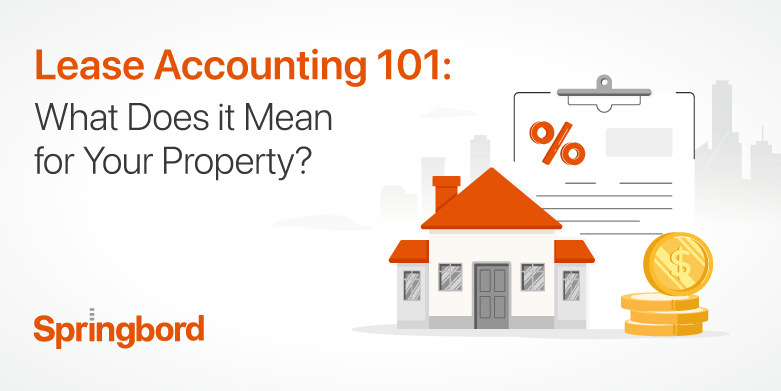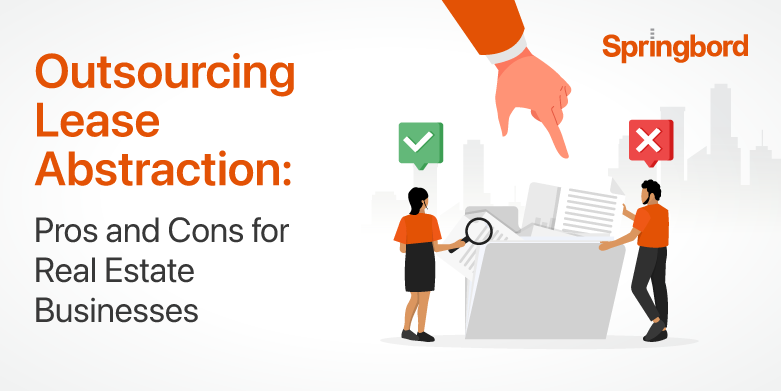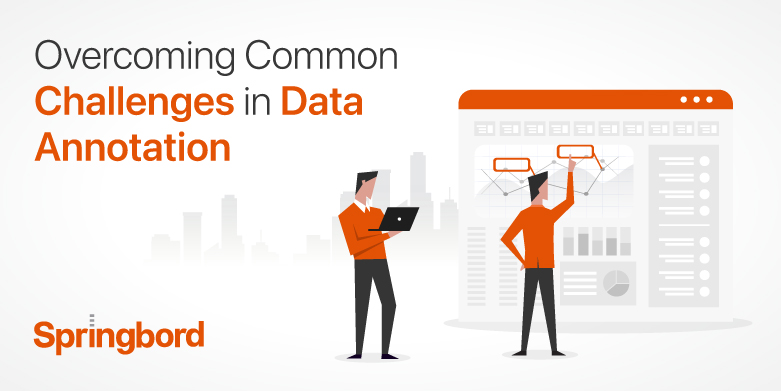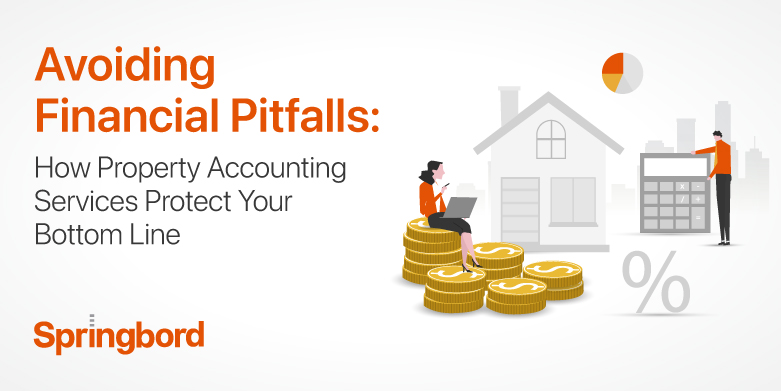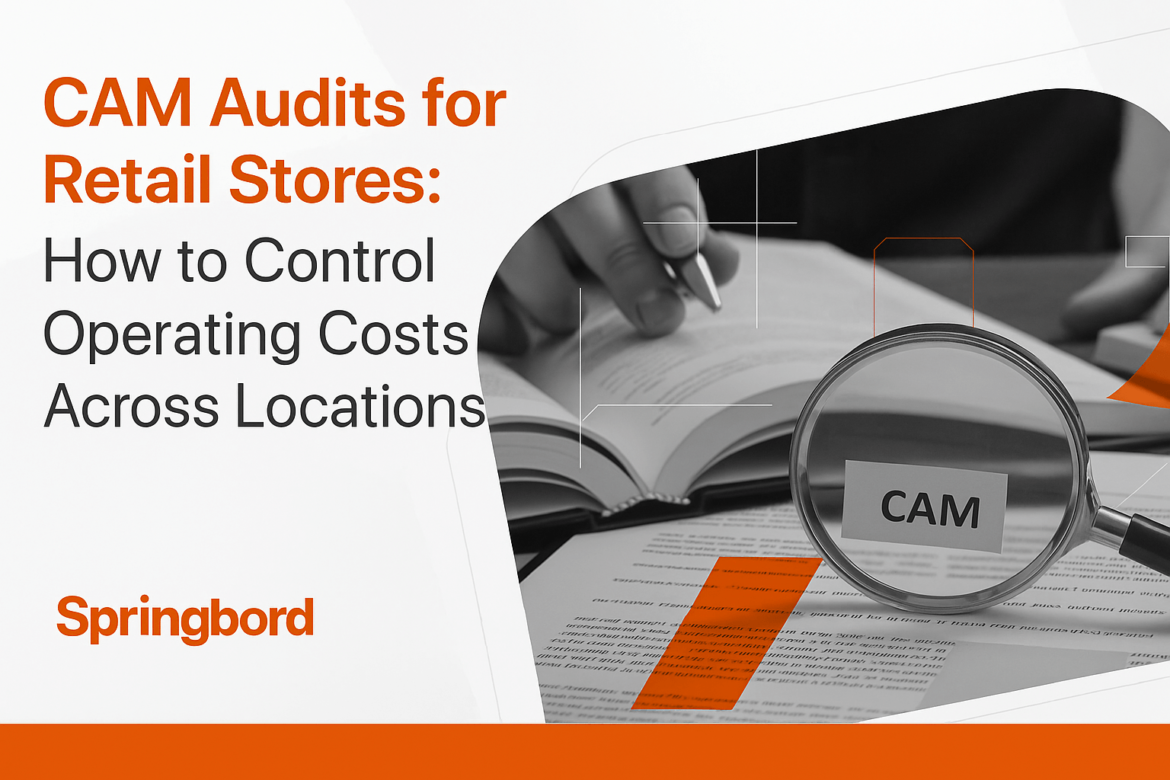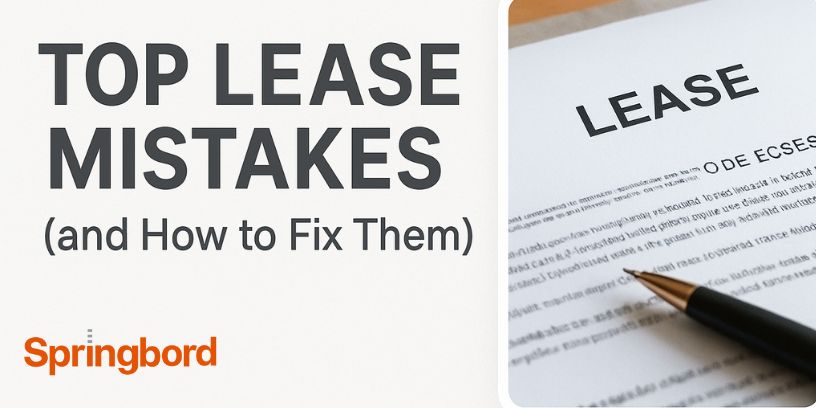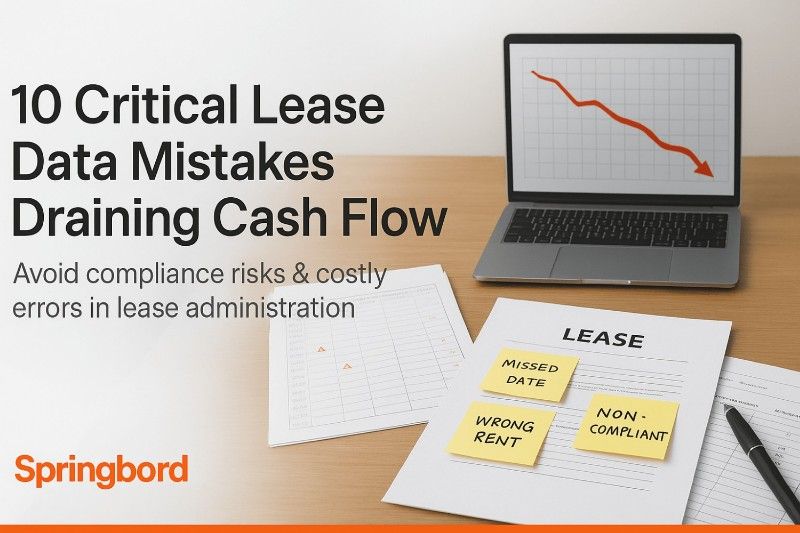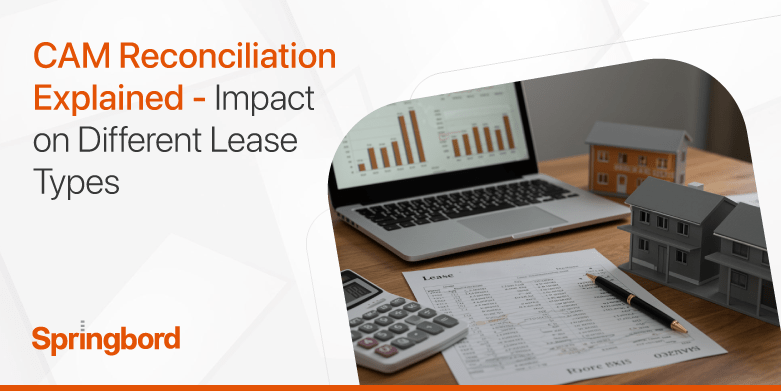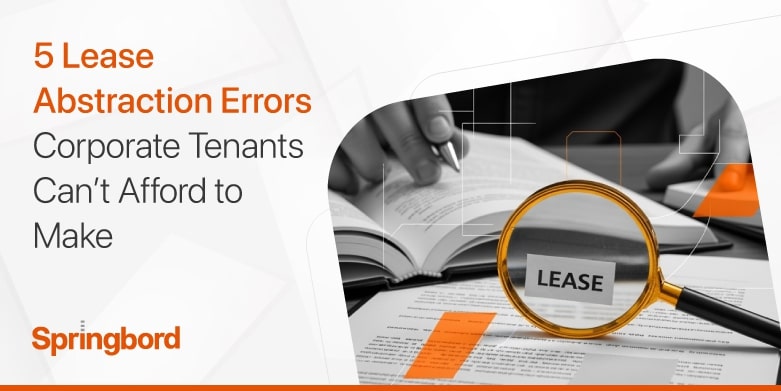Lease accounting, particularly with the implementation of ASC 842 and IFRS 16, is critical for property owners as it transitions how leases are recognised on financial statements, bringing transparency to financial commitments. These standards require nearly all leases to be included on the balance sheet, reflecting true liabilities and assets, which affects stakeholders’ view of
Lease abstraction is vital in real estate management, condensing key information from complex lease agreements for property owners and managers. Every clause shapes a property’s financial and operational landscape, influencing profitability and strategy. From rental rates to maintenance responsibilities, lease intricacies impact decision-making. Despite its importance, real estate businesses often face challenges due to the
Introduction In the rapidly advancing field of artificial intelligence and machine learning, the role of data annotation is pivotal. By labeling or tagging data such as images, text, and videos, businesses can train algorithms to identify patterns and make predictive analyses, turning raw data into strategic assets. As businesses increasingly rely on AI to enhance
Effective financial management is critical in real estate, a sector where economic fluctuations and regulatory complexities can significantly impact profitability. Real estate business owners face challenges such as cash flow inconsistencies, complex taxation, budget overruns, and market volatility, which require sophisticated financial strategies beyond traditional accounting. This is where specialized property accounting services come into
The scrutiny of operating costs in retail is growing, with Common Area Maintenance (CAM) charges being one of the most opaque yet significant components. For multi-location retailers, particularly those spread across malls, high streets, and mixed-use developments, these charges can vary significantly not just in value but also in structure, transparency, and accountability. According to
Introduction Lease administration today plays a pivotal role in financial reporting, compliance, and portfolio strategy. Yet even with improvements in lease technology and pressure from rules like ASC 842 and IFRS 16, many companies still use scattered data, manual tracking, and old methods, putting them at risk for serious financial and compliance issues. According to
Introduction Lease administration today plays a pivotal role in financial reporting, compliance, and portfolio strategy. Yet even with improvements in lease technology and pressure from rules like ASC 842 and IFRS 16, many companies still use scattered data, manual tracking, and old methods, putting them at risk for serious financial and compliance issues. According to
In commercial real estate, Common Area Maintenance (CAM) reconciliation is not just accounting; it’s a critical cost-control point for tenants and a compliance requirement for landlords. This is done by comparing the estimated CAM fees that tenants pay each month with the actual costs that the landlord has to pay to keep common areas like
Introduction For corporate tenants, the smallest oversight in lease abstraction can translate into substantial financial losses and operational disruptions. In today’s high-stakes commercial real estate market, the complexity of lease agreements, often spanning hundreds of pages with multiple amendments, has increased the risk of missing critical clauses, dates, and cost triggers. Gartner reported that 77%
Introduction The efficacy of any AI/ML model depends not only on algorithms but also on the quality, precision, and consistency of the training data. As enterprises increasingly rely on AI for automation, decision-making, and customer experience, precise data labeling becomes an essential component. Labeled datasets serve as the basis for developing computer vision systems, natural


